Course images can be enlarged.

Map image can be enlarged

Precious urban park and garden make you feel relax and refresh
Inokashira Onshi Koen was opened in the Taisho era (1912-1926) and celebrated its 100th anniversary in 2017. The neighboring Inokashira Nature and Culture Park also celebrated its 70th anniversary, and together they have been a suburban park with a long history. Today, with the influx of residential and commercial facilities around the park, it has become a miraculous oasis space in the city when viewed from the sky. Inokashira Pond in Inokashira Onshi Park in particular attracts many migratory birds and other waterfowl, which delight visitors.
Inokashira Park Zoo (fee required) is home to many animals. It is also home to the sculpture garden of Nishimochi Kitamura, the famous sculptor of the Nagasaki Peace Statue.
1 Inokashira Park Zoo

The “Guinea Pig Pet Petting Corner” and “Squirrel Alley,” where you can get up close and personal with squirrels, are popular spots. Seasonal events are also a source of enjoyment. There is also an amusement park for children.
9:30~17:00 (admission until 16:00)
Closed: Mondays (if Monday is a national holiday, the park will be open on Monday and closed the following day), year-end and New Year holidays (12/29~1/1)
Adults 400 yen, seniors 65 and over 200 yen, junior high school students 150 yen, elementary school students and under free
☎ 0422-46-1100
2 The Sculpture Museum

The exhibition features works by Nishimochi Kitamura, a sculptor known for his Nagasaki Peace Statue. The Peace Statue was created in his atelier located here, and visitors can appreciate the original model.
3 Benzaiten
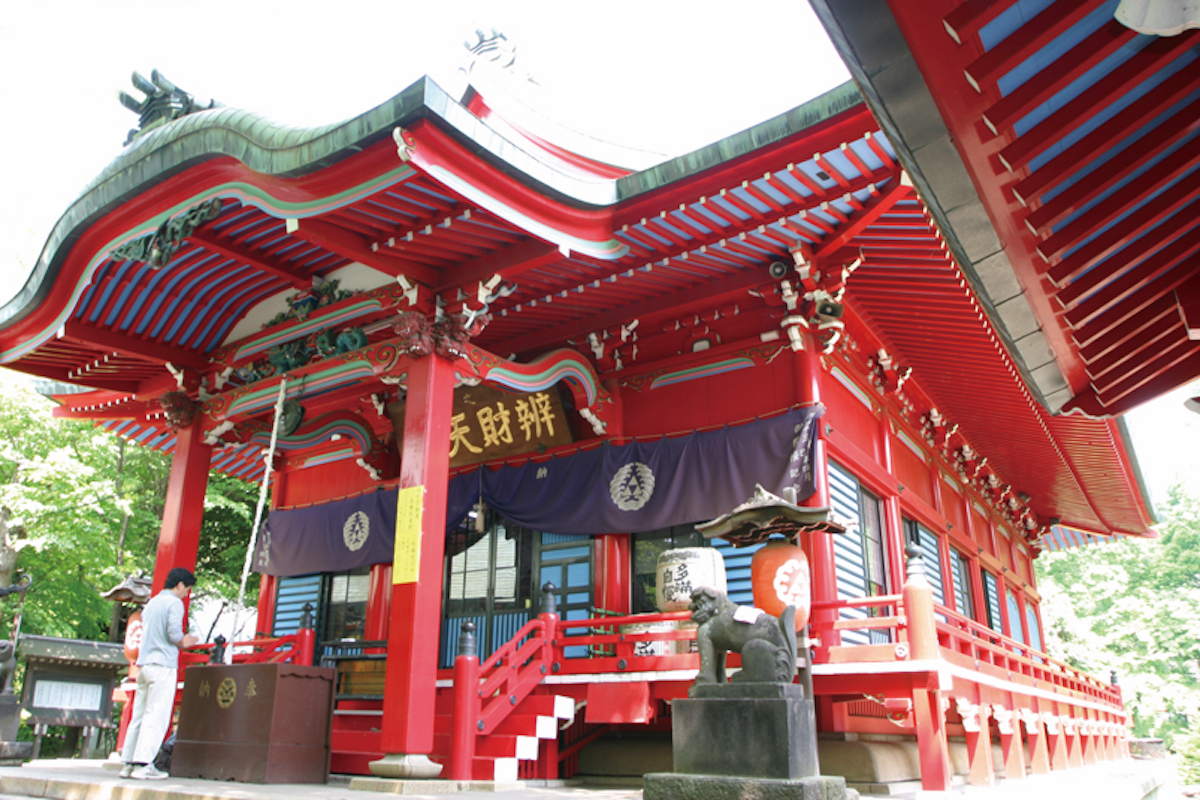
During the Edo period (1603-1867), the temple was worshipped as a water god for the Kanda Josui and as a god of entertainment, and was also a popular recreation spot for Edo merchants. The names of Edo merchants involved with the water can still be seen on the stone lanterns.
4 Murasaki Tourou
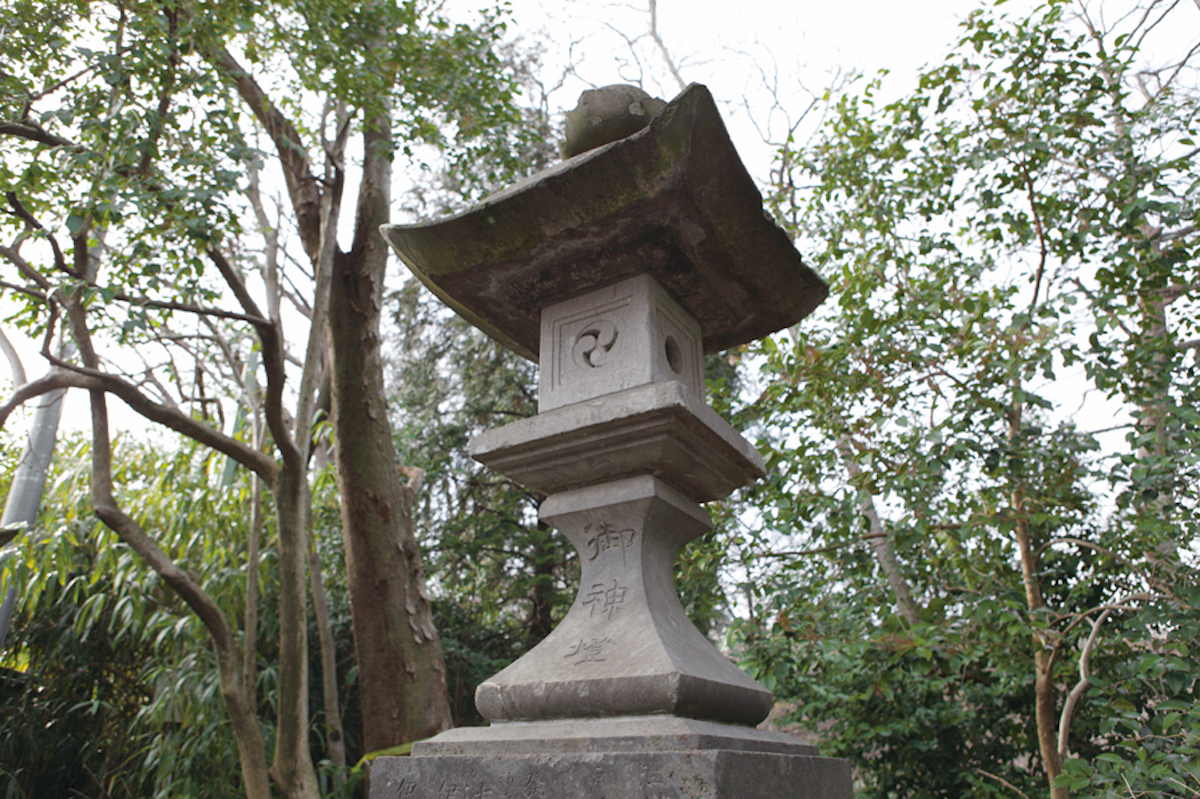
During the Edo period (1603-1868), purple dyed with purple grass from Musashino and water from Inokashira was called “Edo purple” and became very popular. The shrine was built in 1865 (Keio 1) with contributions from people involved in the “Edo purple” movement.
5 Kuromon
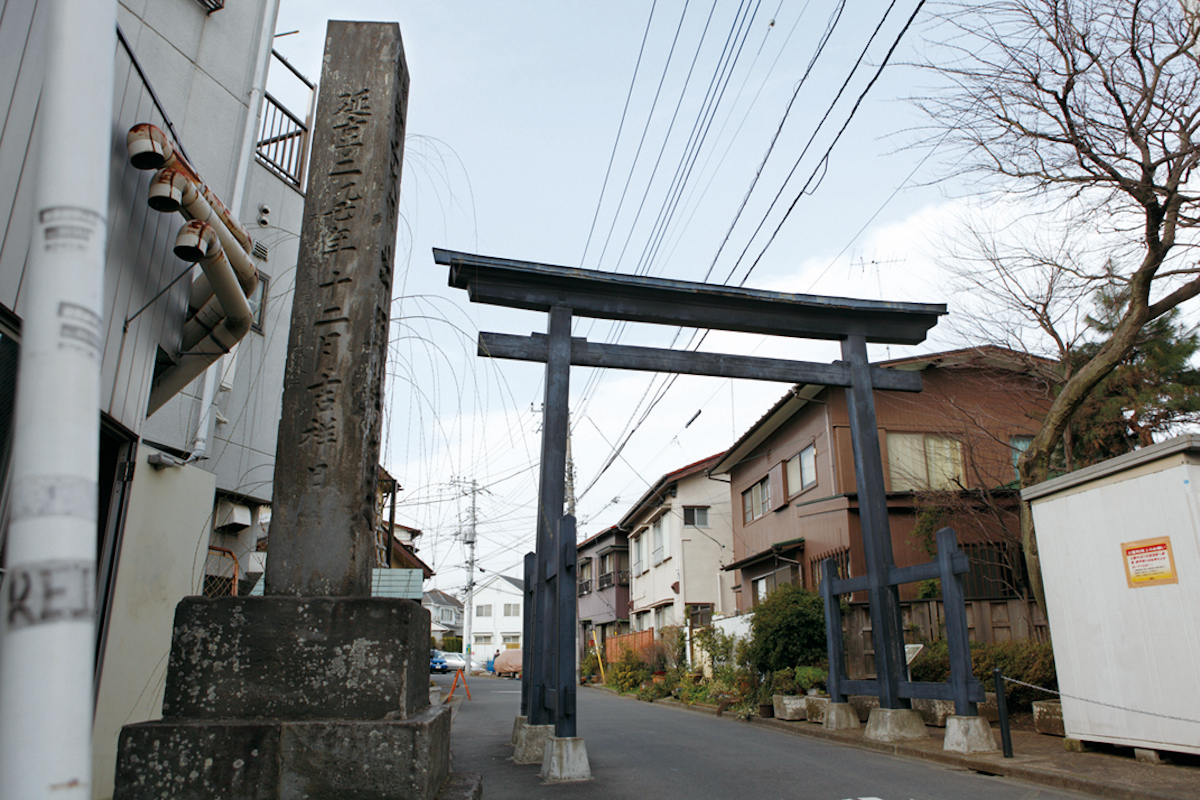
At the entrance to the approach to Benzaiten, there is a signpost inscribed with “Kanda Gojosuigen/Igashira Benzaiten” and a torii-shaped gate called “Kuromon”. During the Edo~Taisho period, many worshippers came and went through this main gate.
6 Inokashira Park Zoo
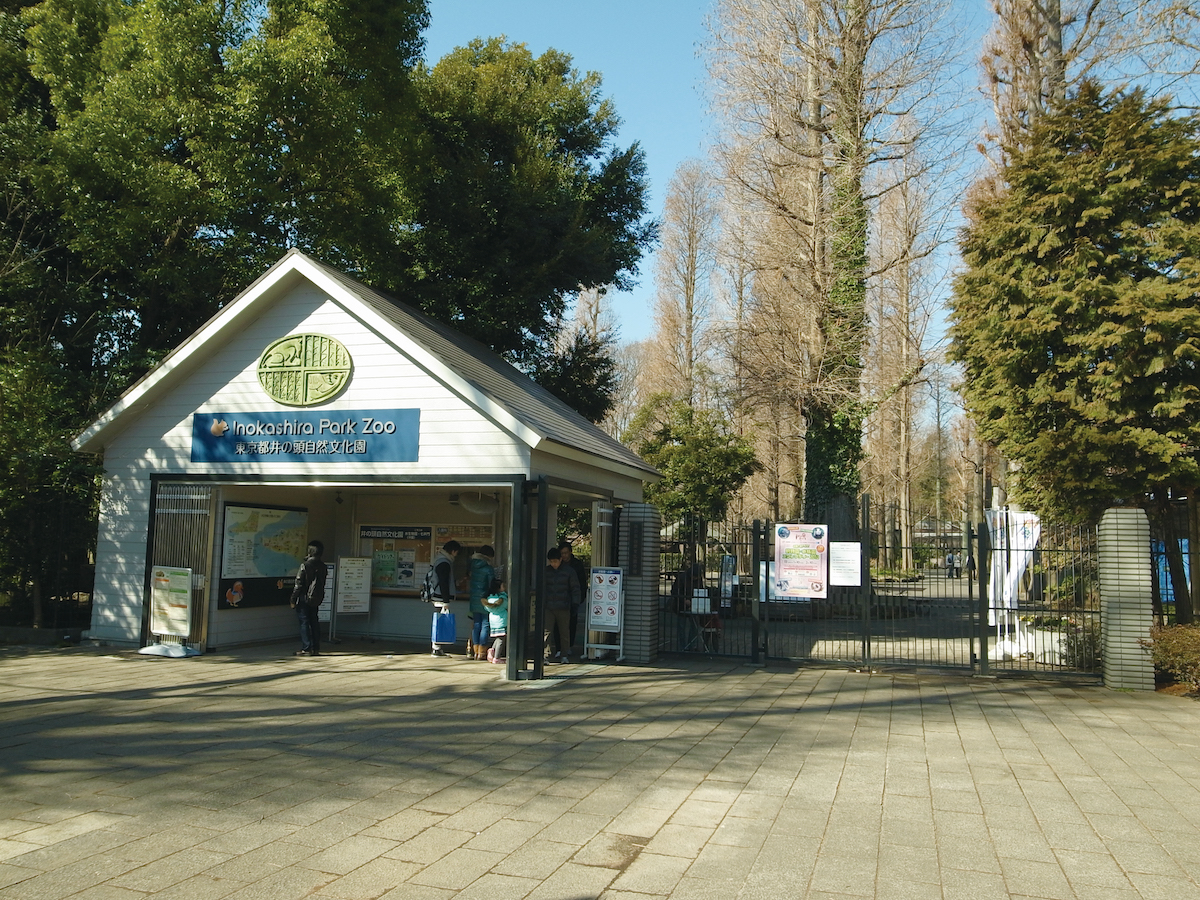
Waterfowl are kept in the Water Bird House facing Inokashira Pond. At the Aquatic Life House, where freshwater fish and amphibians are kept, visitors can see giant salamanders and other animals. (Same admission with the main park.)
7 Inokashira Pond
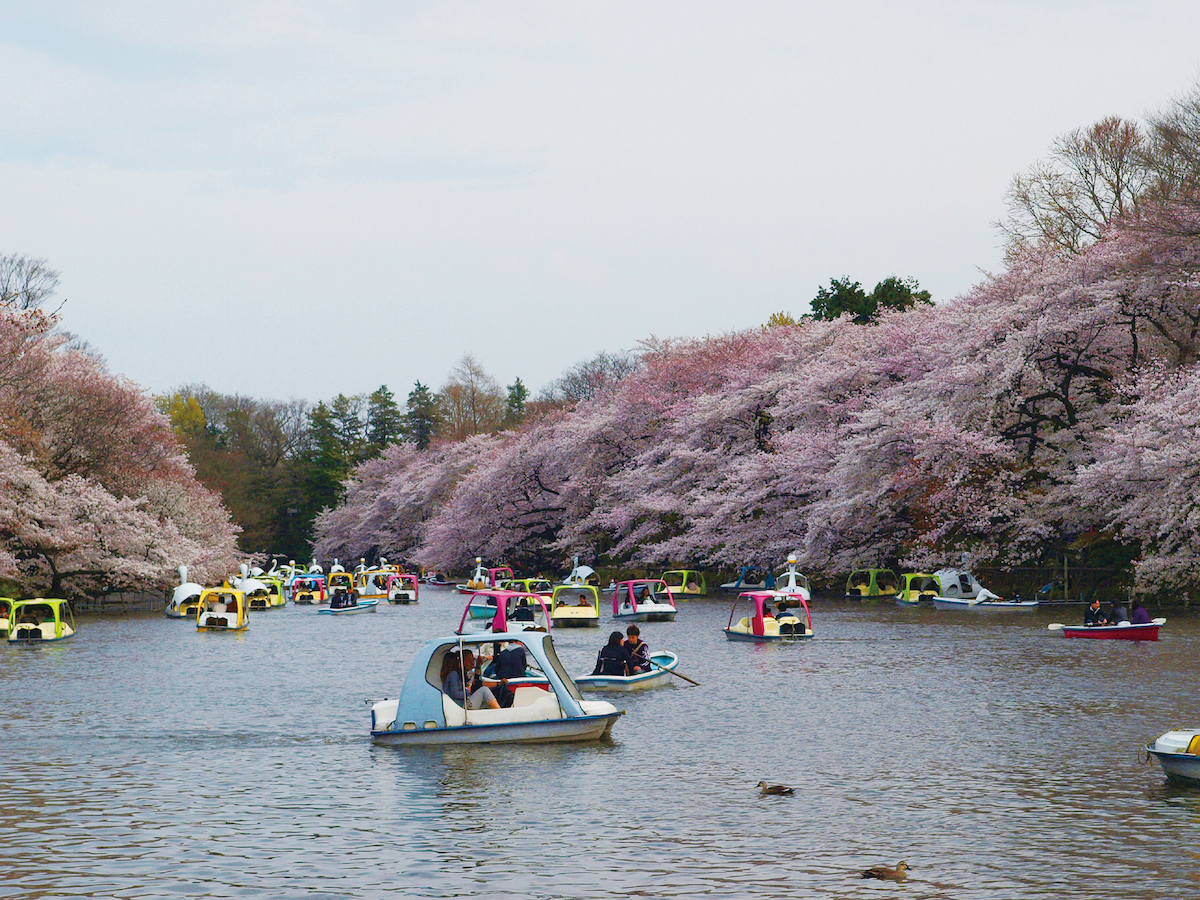
Located in the center of the park, it is the source of the Kanda Josui Canal. Surrounded by lush greenery, it is an ideal place for strolling. Cute swan boats are popular with families. In spring, it is a popular spot for cherry blossom viewing.
- Area1 The Neighborhood of JR Mitaka Station
- Area2 Ghibli Museum, Mitaka and Mitaka City Yuzo Yamamoto Memorial Museum
- Area3 Historic Footsteps of the Japanese Author, Dazai
- Area4 Inokashira Onshi Park and Inokashira Nature Garden
- Area5 The Middle Eastern Cultural Center in Japan, and ICU Hachiro Yuasa Memorial Museum |Kondo Isami / Village of Osawa
- Area6 National Astronomical Observatory of Japan, Mitaka Campus, and Mitaka Picture Book House in the Astronomical Observatory Forest|Jindai Botanical Gardens, and Jindaiji
- Area7 Historic Site: Katsubuchi-Jinja
- Area8 Kanda River Headwaters|Tamagawa Aqueduct / Town Where Miki Rofu Resided
- TOP PAGE